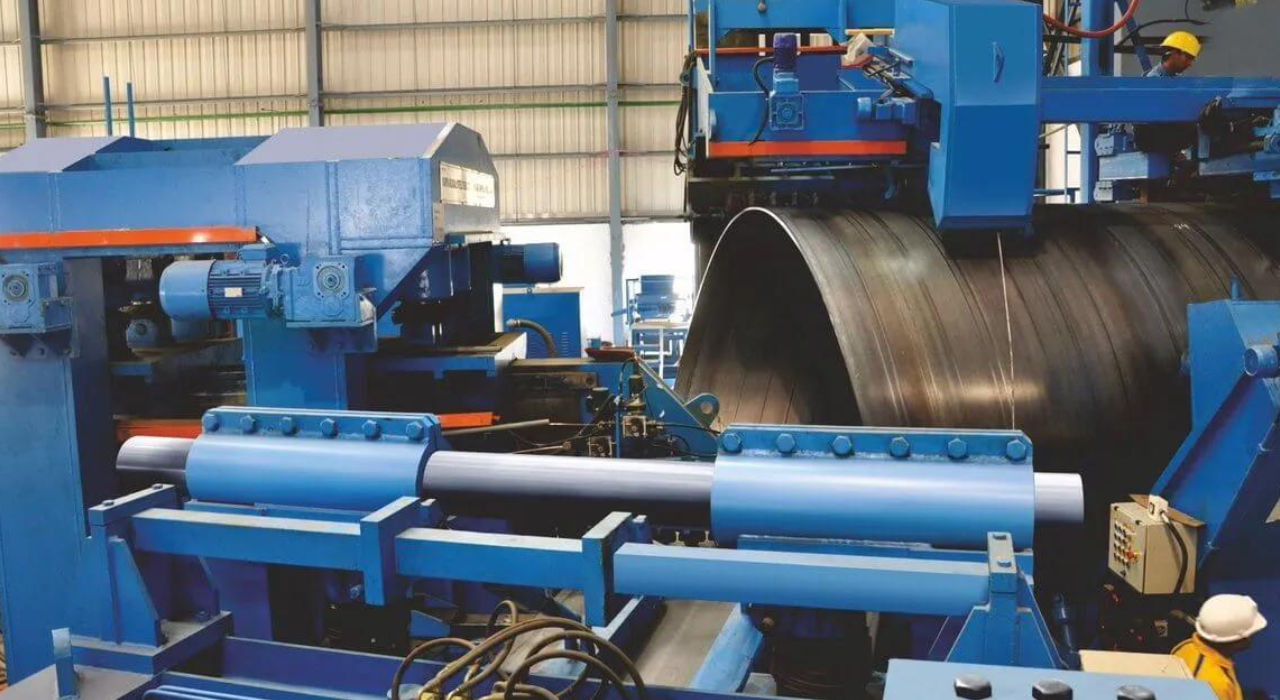ASTM A178 steel pipe, commonly utilized within the development of boilers, super radiators, and warm exchangers, must meet exacting industry measures to guarantee its unwavering quality and execution this link https://uniacero.com/astm-a178/ will help to gain more knowledge about it. To comply with ASTM A178 details, different sorts of testing are fundamental. These tests confirm the pipeâs mechanical properties, chemical composition, and general quality, guaranteeing that it can withstand the requested conditions of its applications.
Guaranteeing ASTM A178 Steel Pipe Quality through Thorough Testing
This article dives into the sorts of testing required for ASTM A178 steel pipe to meet industry measures, investigating each in detail beneath particular headings.
Chemical Composition Testing
Chemical composition testing is vital for ASTM A178 steel pipe to meet chemical necessities. It analyzes the pipe's fabric to determine its components and extent, guaranteeing rectified sums of carbon, manganese, phosphorus, sulfur, and other components. Precise composition impacts the pipe's mechanical properties and execution, utilizing strategies like OES and XRF.
Ductile Testing
Malleable testing assesses the mechanical properties of ASTM A178 steel pipe, assessing its capacity to resist powers. It measures extreme ductile quality, abdicates quality, and stretching, showing stretch and extending some time recently breaking. This test is significant for guaranteeing pipe can handle operational stresses in applications. It is performed employing a widespread testing machine (UTM) with controlled pliable constrain.
Straightening Test
The straightening test is outlined to evaluate the ductility and deformability of the ASTM A178 steel pipe. In this test, a segment of the pipe is straightened between two parallel plates until a particular degree of misshapening is accomplished. The test checks for breaks or imperfections that will develop during the straightening handle, which seem to demonstrate brittleness or shortcomings within the piping fabric. The capacity to resist smoothing without breaking is crucial for channels utilized in applications where they may be subject to bowing and other deformations.
Flaring Test
The flaring test assesses the pipeâ's capacity to grow without splitting, which is basic for certain applications where channels may have to be flared or extended to fit into associations or gatherings. In this test, a cone-shaped device is embedded into the conclusion of the pipe, flaring it to an indicated point. The pipe must persevere the flaring handle without showing any signs of splitting or parting. This test makes a difference and guarantees that the pipe can be dependably utilized in circumstances where it may be required to experience extension.
Hardness Testing
Hardness testing decides the resistance of the ASTM A178 steel pipe to space and misshapen. It gives knowledge into the pipeâs fabric properties, such as its quality and wear resistance. Common strategies for hardness testing incorporate the Rockwell, Brinell, and Vickers hardness tests. These tests include applying an indicated constraint to an indenter, which at that point makes an impression on the pipeâs surface. The measure or profundity of the impression is measured to decide the materialâs hardness. Guaranteeing suitable hardness levels is imperative for applications where the pipe will be uncovered to mechanical wear and tear.
Hydrostatic Testing
Hydrostatic testing is crucial for confirming the judgment and leak-tightness of the ASTM A178 steel pipe. In this test, the pipe is filled with water or another reasonable liquid and subjected to a weight higher than its ordinary working weight. The test checks for any spills, distortions, or disappointments beneath this lifted weight. Hydrostatic testing guarantees that the pipe can securely handle the weights it'll experience in benefit, making it a basic step in quality affirmation. This test makes a difference avoid disastrous disappointments in applications including high-pressure steam or liquids.
Conclusion
ASTM A178 guidelines for steel channels include thorough tests assessing chemical composition, mechanical properties, ductility, hardness, and astuteness. These tests guarantee channels can perform dependably and securely in applications like boilers, superheaters, and warm exchangers. By following these thorough conventions, producers can give high-quality steel channels that meet industry benchmarks and client desires, supporting their basic parts in different mechanical settings.


